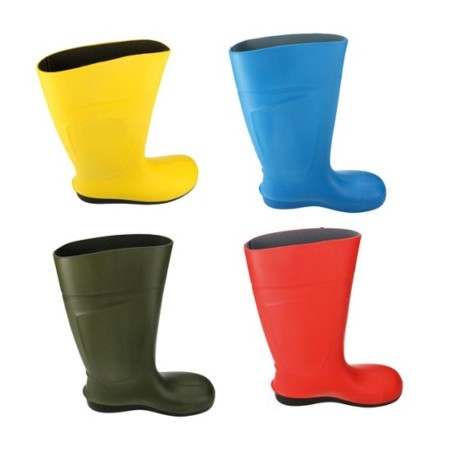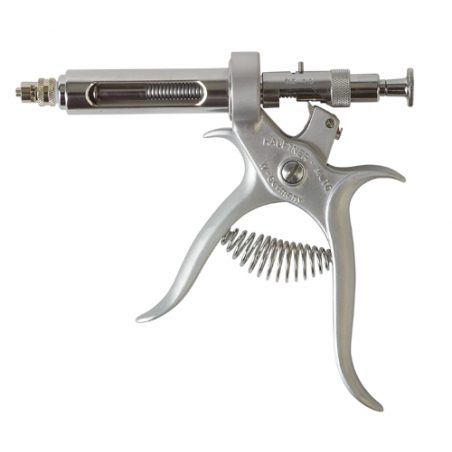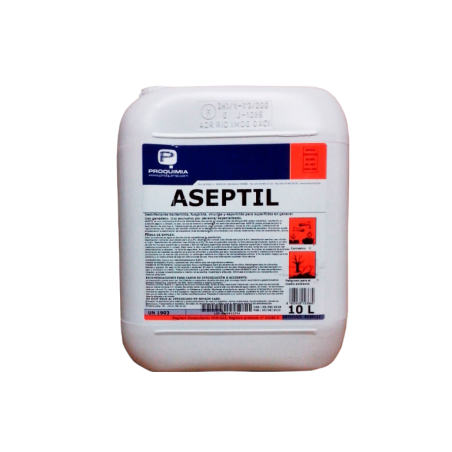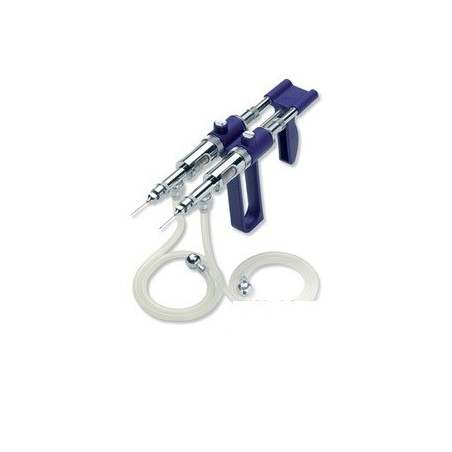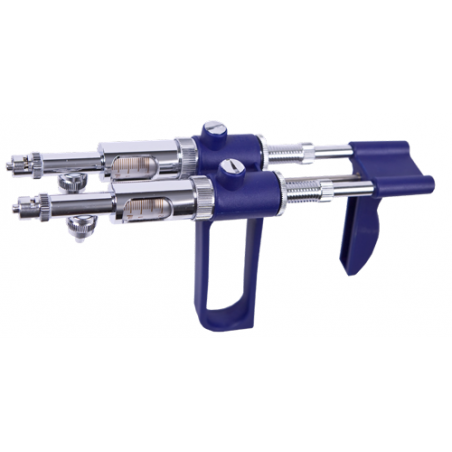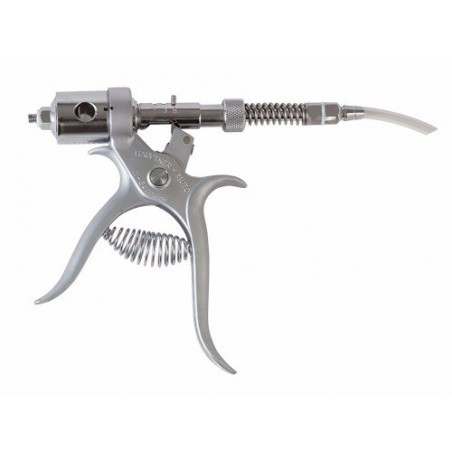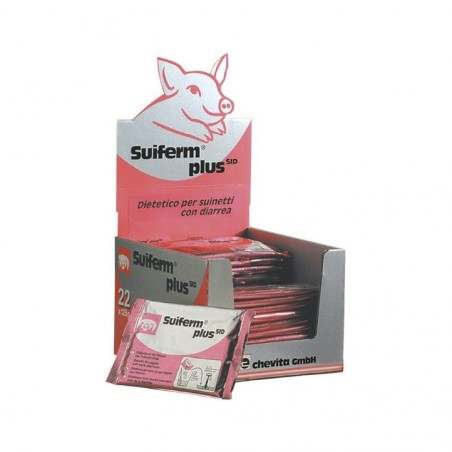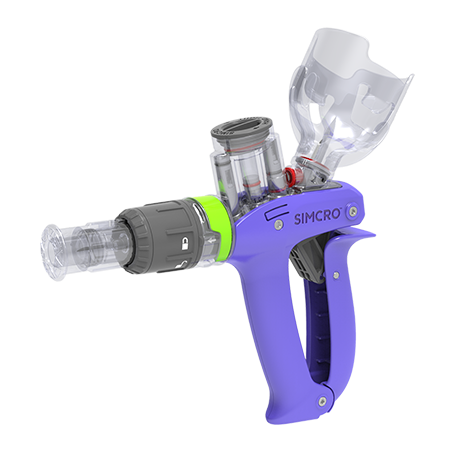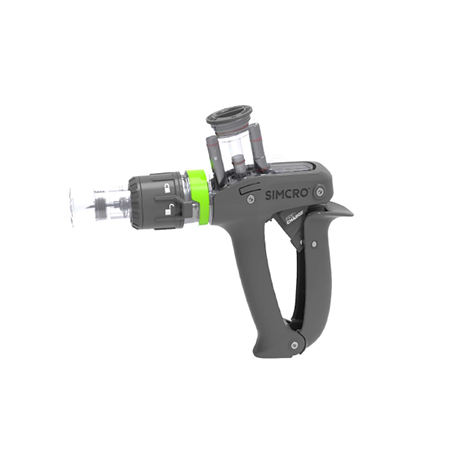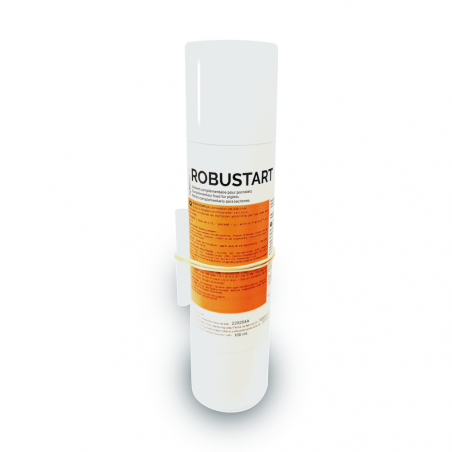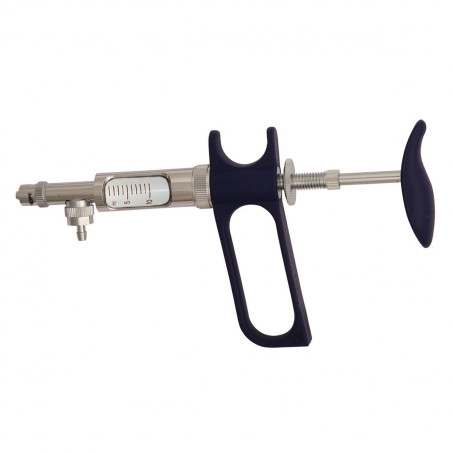Maintaining biosecurity between barns is challenging. Boot baths, either wet or dry, can be implemented to limit pathogen spread. The objective was to evaluate the efficacy of boot baths using wet or dry disinfectants for porcine epidemic diarrhea virus (PEDV) and porcine reproductive and respiratory syndrome virus (PRRSV). Treatments included 1) control, 2) wet disinfectant, and 3) dry disinfectant. Prior to disinfection, 0.5 mL of both PRRSV (~1×105 TCID50/mL) and PEDV (~1×105 TCID50/mL) was placed onto a new boot with a layer of autoclaved corn dust and allowed to dry for 15 minutes. After the mixture dried, the boot was put on and stepped into its respective boot bath. After 3 seconds, the boot was lifted out of the bath and stepped onto a stainless-steel coupon to simulate walking through a facility. Both boot and coupon were allowed to dry for 1 minute before swabs were taken from both surfaces. Samples were analyzed in a duplex PCR at the Kansas State Veterinary Diagnostic Laboratory. Cycle threshold values were analyzed using SAS GLIMMIX v 9.4 (SAS, Inc., Cary, NC).
There was no evidence of a treatment×surface×virus interaction. The interaction between treatment×surface impacted the quantity of detectable RNA. The control had greater concentration of virus on the coupon than the boot. The reverse was true for boots treated with wet disinfectant, where the boot had a greater concentration of virus than the coupon. Treatment×virus also impacted detectable RNA, where wet and control boots had greater quantities of PEDV RNA than PRRSV. There was no detectable virus when dry disinfectant was used.

For this trial, dry disinfectant was the most efficacious in reducing the viral RNA on both boots and subsequent surfaces; however, further research in commercial settings is warranted.
Harrison O, Elijah CG, Blomme AK, Ottot H, Bai J, Poulsen-Porter E, Woodworth JC, Paulk CB, Gebhardt JT, Jones CK, 53 Evaluating the Efficacy of Boot Baths with Wet and Dry Disinfectants for Porcine Epidemic Diarrhea Virus and Porcine Reproductive and Respiratory Syndrome Virus. Journal of Animal Science. 2022; 100(2): 17–18. https://doi.org/10.1093/jas/skac064.029





